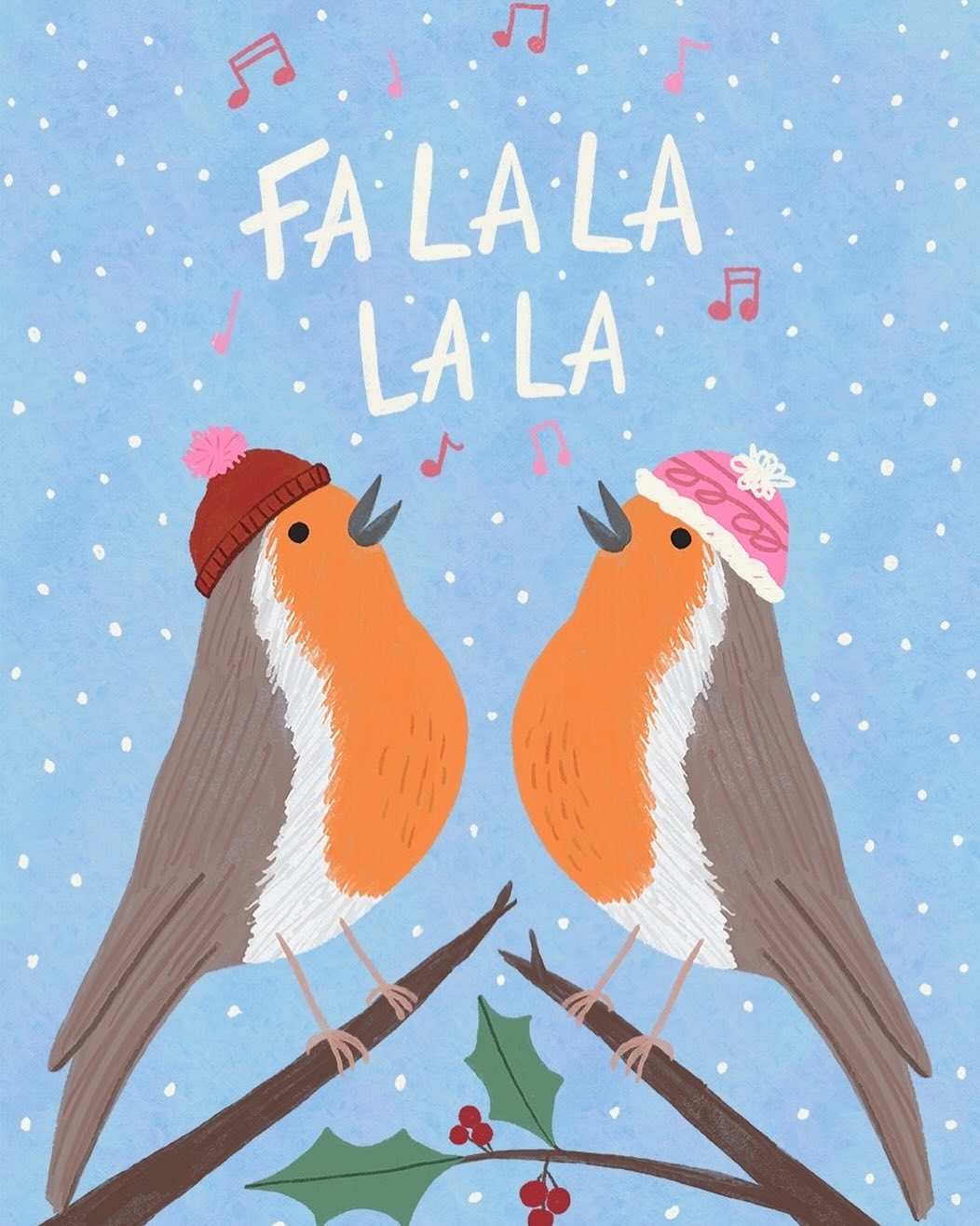Tips to Keep Safe in England’s Snowy Weather

Snow is beautiful, but can sometimes be dangerous. Here are a few simple tips to keep safe when the weather is snowy – for people, pets and wildlife. Also read tips about England’s frosty mornings (keeping plants safe, defrosting your car without chemicals).
Walk Safely on Snow and Ice
Obviously if you don’t have to, then don’t. But if you have to walk on slippery icy ground, it’s best to ‘walk like a penguin:
- Move slowly with small shuffling steps
- Keep your feet pointed slightly outward.
- Keep your knees bent.
- Hands out of pockets (use arms to balance)
Doing the above lowers your centre of gravity, to increase stability and reduce the risk of falls. You can also wear ice grips on shoes or boots.
It’s best to avoid rock salt, as it’s toxic and can harm pets and wildlife.
Safer alternatives are EcoGrit or ice and snow melting systems (used commonly in Scandinavia), that are used in public areas like car parks, to melt ice and snow, using temperature and moisture sensors.
If you have to drive, use an ice-scraper to clear snow and ice from your windows, light and mirrors. Drive slower than usual, leaving more space between your cars and others, and keep both hands on the wheel.
Stay Warm and Avoid Hypothermia
Wear several layers of clothing (this traps body heat better than one big coat).
Hats, scarves, socks and gloves help protect skin from cold and air (change wet clothes as soon as you can, as they pull warmth from your body).
Use oil-powered radiators over convector heaters (these are not just expensive, but blow out hot air that could cause heatstroke in people and pets. Radiator boosters stop ‘hot air going outside walls into the fresh air’ to keep homes warm, and reduce bills.
The Lullaby Trust has safety information on baby clothing (and bedding). Mostly to not over-heat (babies control temperature through their head and face).
Don’t let babies sleep in car seats (remove hats, socks and cardigans, when moving to warmer temperatures, including in vehicles).
Keeping Pets Safe in the Snow

Most dogs love the snow! Keep walks short and once inside, rinse paws with lukewarm water to remove snow (and rock salt that may have tracked indoors). If your dog has short fur (and doesn’t mind wearing one), a quality dog coat can help to keep warm.
Just like never leaving pets in warm/hot cars, never leave them in cold cars as temperatures can quickly drop (changes in skin colour or pain on ears, paws and tails could be frostbite, a vet emergency).
For outdoor animals, check drip-feed bottles are not blocked or frozen (or bowls not knocked over). Read tips on winter care for rabbits,guinea pigs and chickens/roosters.
Novelty snow globes may look pretty, but contain pet-lethal antifreeze. This can harm pets, wildlife and children. Keep them safely away (or wrap securely in thick newspaper paper, and bin). Use paper towels (and unscented cat litter or sand) to absorb any liquid from broken snow globes.
Keeping Wildlife Safe in Snowy Weather

Wildlife often rely on clean fresh water in gardens, and bird baths or ponds can freeze in cold and snowy weather. Read our posts on:
- Garden water safety
- Safe havens for garden birds,
- Wildlife-friendly ponds (avoid netting)
If your pond freezes in cold weather, never pour boiling water on it nor smash the ice, this could shock creatures to death underneath. Instead, place a hot pan over one corner until it has melted a hole, to provide oxygen until the weather warms.
Solar pumps help prevent ponds freezing over, by circulating the water and creating an opening for gas exchange.






